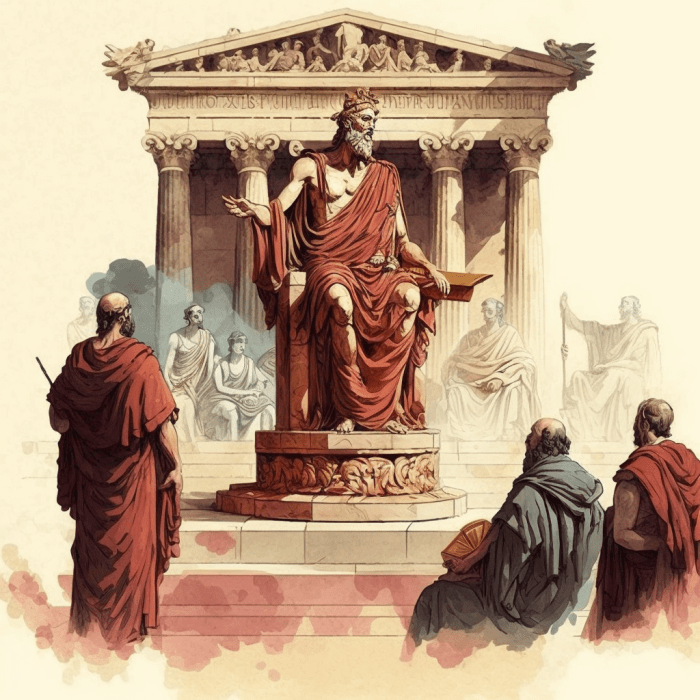How was Athenian democracy different from American democracy? This inquiry delves into the contrasting characteristics of these two influential democratic systems, exploring their unique approaches to citizen involvement, political representation, legal frameworks, and societal structures.
Athenian democracy, a direct democracy, empowered citizens to participate actively in decision-making, while American democracy, a representative democracy, elects officials to act on behalf of the people. Both systems have shaped the evolution of democratic governance, leaving lasting legacies in the modern world.
Citizen Involvement and Decision-Making

In Athenian democracy, citizens played a central role in decision-making. The Assembly, composed of all adult male citizens, served as the supreme governing body, where citizens could participate directly in debates and vote on laws and policies.
Alongside the Assembly, the Council of 500, selected by lottery, played a crucial role in preparing proposals for the Assembly and overseeing the implementation of decisions.
Political Representation and Leadership
In Athenian democracy, citizens held political power directly, while in American democracy, citizens elect representatives to make decisions on their behalf. Athenian officials were chosen by lottery or election, and their terms were typically short, ensuring a wide distribution of political power.
In contrast, American representatives are elected for fixed terms, and the electoral process is often influenced by political parties and interest groups, leading to a more centralized concentration of power.
Legal Systems and the Rule of Law
Both Athenian and American democracies emphasized the rule of law. In Athens, laws were passed by the Assembly and enforced by the courts. Citizens had the right to due process and could challenge laws they deemed unjust.
In American democracy, the legal system is based on the Constitution, which establishes the separation of powers and guarantees individual rights. The judiciary plays a critical role in interpreting the Constitution and ensuring the rule of law.
Social and Economic Structures
Athenian society was divided into three main classes: citizens, metics (foreign residents), and slaves. Citizens enjoyed full political rights, while metics had limited rights, and slaves had no rights.
American society is more diverse and fluid, with a complex system of social and economic stratification. Democracy in America is influenced by the distribution of wealth, education, and social status.
Historical Context and Evolution, How was athenian democracy different from american democracy
Athenian democracy emerged in the 6th century BCE and flourished for about two centuries. It was influenced by the city’s economic prosperity and military strength.
American democracy has its roots in the 18th century Enlightenment and the American Revolution. It has evolved over time through constitutional amendments, political reforms, and social movements.
FAQ Insights: How Was Athenian Democracy Different From American Democracy
What was the primary difference between Athenian and American democracy?
Athenian democracy was a direct democracy where citizens directly participated in decision-making, while American democracy is a representative democracy where citizens elect officials to represent their interests.
How were decisions made in Athenian democracy?
Decisions were made through the Assembly, where all eligible citizens could participate in debates and vote on laws and policies.
What was the role of the Council of 500 in Athenian democracy?
The Council of 500 was a smaller body that prepared laws and policies for the Assembly to consider.
How are political officials selected in American democracy?
Political officials are elected through regular elections where citizens cast votes for candidates of their choice.


